
Review on ASUS TUF Dash 15 (2021) Gaming Laptop, 15.6” 144Hz FHD, RTX 3050 Ti, i7-11370H, 8GB DDR4, 512GB PCIe NVMe SSD, Wi-Fi 6, Windows 10, Eclipse Grey, TUF516PE-AB73 by Marc Salem

Very good machine with a few issues
Dash F15 is a very good machine with a top notch 144Hz IPS display and great build quality for the price but there is one bad point and one good + bad point. The Bad: Like the built-in display, Thunderbolt 4 with DisplayPort and PD interfaces with the CPU's integrated graphics rather than a separate GPU. Only HDMI is connected to the GPU. This could be a problem. While Thunderbolt 4 can handle Ultra-Wide WQHD 3440 x 1440 @ 165Hz/144Hz on a Windows desktop, it causes many problems in games like flickering and black screen. I've tried several USB-C to 8k Displayport cables, converters and hubs from different manufacturers like Cable Matters and others, in addition to all sorts of BIOS tweaks and tweaks in different BIOS versions, to no avail. Everything works great when connected to HDMI connected to the GPU, but HDMI 2.0b is of course limited to 100Hz at 3440x1440. I can understand the FHD integrated display connection to the processor for Optimus, but why is the Thunderbolt 4 port connected to the processor? It makes no sense! Half the point of a Thunderbolt 4 port is to connect monitors with high refresh rates and high resolutions that HDMI 2.0b can't handle. ASUS effectively cripples the Dash F15's Thunderbolt 4 port for connecting monitors by plugging it into the CPU. Keep that in mind if you're using the Dash F15 as a desktop replacement that occasionally uses high-end, high-resolution gaming monitors. If that's important to you, spend more to get ROG Strix instead. Good + Bad As you would expect from an ultra-thin gaming laptop, this machine can get pretty hot (which is probably why you don't see too many gaming laptops with ultra-thin form factors). The Dash F15 handles the heat a little better than others I've seen. It doesn't get insanely hot like the MSI Stealth series, for example. When you exit the game to the desktop, it only takes a few seconds for the computer to cool down completely. The keyboard can get warm under heavy loads, and this problem can be solved by setting the fans to full power. Explosion. However, the fans of the "Anti-Dust Self-Cleaning System" of this ASUS device are very loud when running at full speed. There doesn't seem to be any intermediate noise adjustment. It's either quiet or very loud. This is a trade-off to consider if you're sensitive to fan noise.
- Great selection
- Zero
New products
Comments (0)
Top products in 💻 Laptops
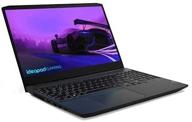
Lenovo IdeaPad Gaming 3: 15.6 Inch AMD Ryzen Gaming Laptop with RTX 3060 6GB GDDR6

118 Review
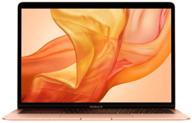
Renewed Apple MacBook Air - 13-inch Retina Display, 💻 1.6GHz Dual-core Intel Core i5, 256GB in Gold (Latest Model)

156 Review
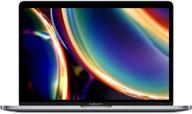
13-Inch Apple MacBook Pro with 8GB RAM and 512GB SSD Storage in Space Gray - Previous Model

77 Review
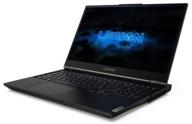
Renewed Lenovo Legion 5 Gaming Laptop: 15.6" 144Hz, AMD Ryzen 7-4800H, 16GB RAM, 512GB SSD, RTX 2060 6GB, Phantom Black

95 Review
Another interesting products

15.6" Laptop ASUS Vivobook Pro 15 M6500QC-HN118 1920x1080, AMD Ryzen 7 5800H 3.2GHz, RAM 16GB, DDR4, SSD 512GB, NVIDIA GeForce RTX 3050, no OS, 90NB0YN1-M006N0, blue

24 Review
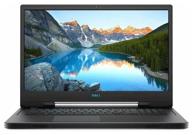
Notebook DELL G7 17 7790 (1920x1080, Intel Core i5 2.4 GHz, RAM 8 GB, SSD 256 GB, HDD 1000 GB, GeForce GTX 1660 Ti, Win10 Home)

26 Review

HP Pavilion Gaming Desktop Computer, Ryzen 5 3500 Processor, NVIDIA GTX 1650 4 GB, 8 GB RAM, 512 GB SSD, Windows 10 Home (TG01-0030, Black)

11 Review

Refurbished 2019 Apple iMac with Retina 4K/3.6 GHz Intel Core i3 🖥️ Quad-Core (21.5-Inch, 8GB RAM, 1TB) - Silver: Ultimate Deal on a Powerful Renewed Desktop!

13 Review

